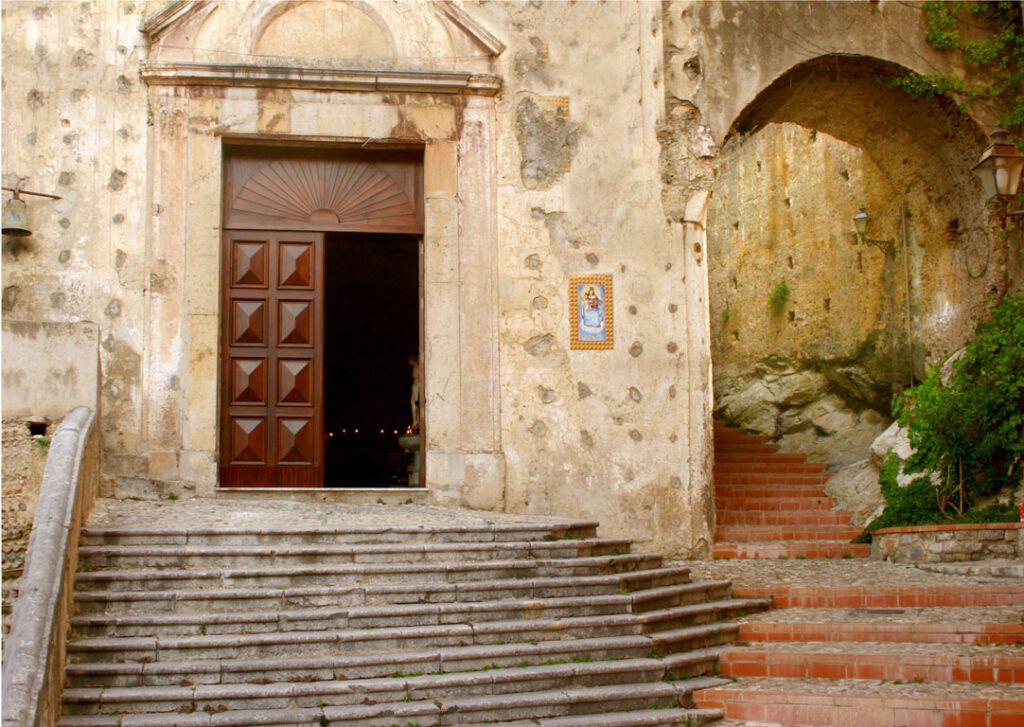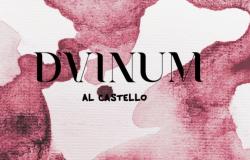Of Roberto De Santo
Maierà, the small village nestled in the heights of the Cosenza Tyrrhenian Sea, boasts an ancient history. A story that projects this center – in the heart of the Pollino Park – into a remote era whose certain origins are not certain. Starting from the toponym. There are two main schools of thought on the etymology of that name. A first believes that Maierà (for some Majerà) derives from μάχαιρας (makhairas, edged weapon or knife).
A hypothesis supported by the circumstance that among the rocks overlooking the Riviera dei Cedri, the Basilian monks found refuge fleeing from the iconoclastic fury that raged in the Byzantine Empire from the first half of the 8th century. Religious people who spoke Greek and who could have indicated this place with that name. This origin was hypothesized by the scholar Francesco Antonio Vanni and justified by the historian Pablito Sandolo. «Vanni’s theory – he wrote – would find confirmation in the rippled conformation of the Maierà rocks, which recall that of blades or swords, natural wonders that can still be observed today».
Jewish origins
But there are those who maintain, vice versa, that the name derives from the Hebrew מְעָרָה (mə’ārāh, cave). Among these was Professor Orazio Campagna, a local historian who for years studied the events of this town in depth, also publishing two volumes. According to this theory, the town dates back to the arrival in this area of the Jews fleeing from Jerusalem after its destruction by the Roman army at the time of Emperor Titus. The natural cavities or caves from which the name derives could be those located along the Vaccuta stream. Other populations from other parts of the Mediterranean but also from the Middle East found refuge here following the Arab and Persian incursions.
The vocation of hospitality
A welcoming city, however you want to follow up on the two theories that fully restore the pride of a territory that opens its arms to those who over the millennia have found themselves in difficulty and here have found the possibility of starting a new season of their lives.


The first historical traces of the town – and therefore certain – date back to the period between the 6th and 7th centuries. They refer to a religious site of the Basilian monks. Therefore at that time Maierà must not have been populated given that those religious people preferred to build their hermitages in places distant from the centers because they made them more suitable for meditations. So they built near caves or natural cavities which became the first places to build their autonomous cells.
The various transitions between families
From the 11th century there was news of the first settlement built under the castle that dominated the Tyrrhenian centre. According to historians, the first of the feudal lords in 1152 was a baron (a certain Roberto). The city then passed through different hands from century to century. In the 13th century it was under the Matera family that the Mother Church was built, while in 1329 Ruggiero Sanbiase became a feudal lord. To then pass under the Loria family in the 16th century. They were responsible for the construction of the Ducal Palace and the expansion of the Church of Santa Maria del Piano.

Subsequently the city fell into the hands of the Perrone family first, then the Guerra family, and in 1666 it became a fiefdom of Francesco Carafa. In that era Mairà will transform into a Duchy.
The last feudal lords of the center which dominates the Tyrrhenian coast of Cosenza were the Catalano-Gonzaga family who held power until 1806 when the feudal system decayed with the arrival of the French.


Subsequently Maierà was merged with Cirella until the locality separated to join the municipality of Diamante.
Passages that demonstrate when this location was coveted as it was considered strategic and which left important traces in the town. Testimonies that can still be found today by visiting the places of the town.
An ancient history that makes an excursion to this charming location unique.












